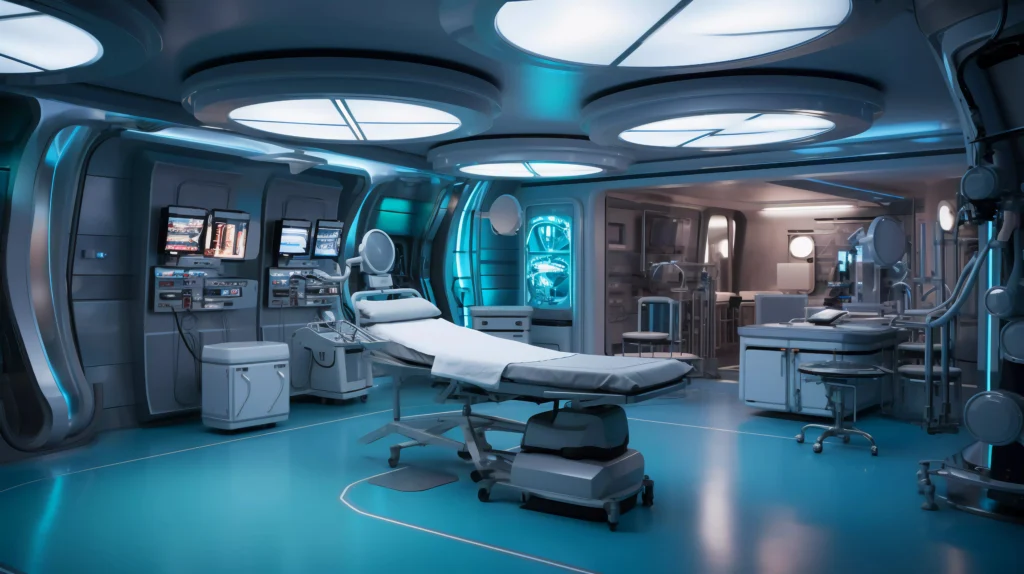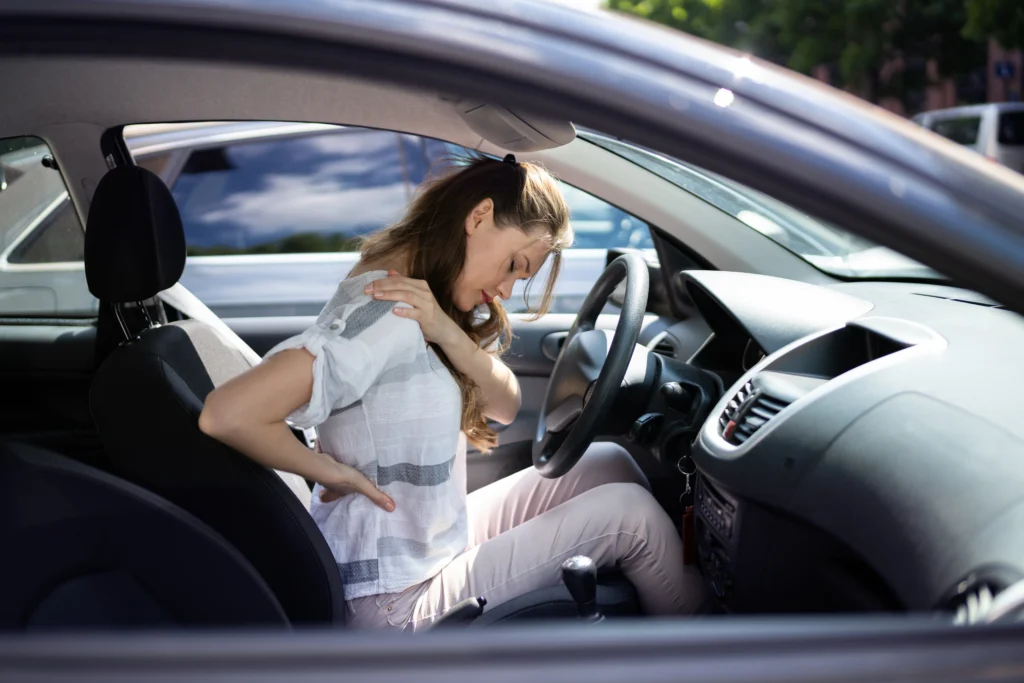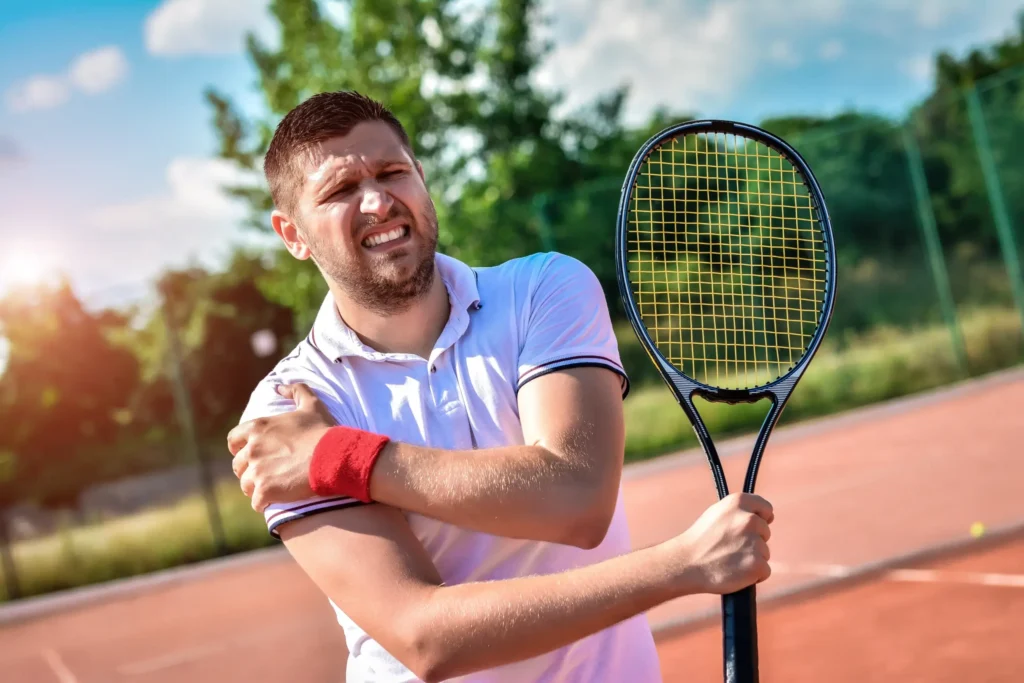Introduction
What is a labral tear in the shoulder?
The glenohumeral joint, one of three main joints within the shoulder, is formed by the head of the humerus (upper arm bone) into the glenoid socket of the scapula (shoulder blade). Within this joint lies a ring of cartilage, known as the labrum, that serves as a shock absorber and an anchoring point for a number of shoulder ligaments including the biceps tendon. The shoulder labrum also provides reinforcement for the muscles and tendons of the rotator cuff. The labrum cartilage may completely separate from the glenoid socket in the event of a shoulder dislocation. The biceps tendon may also become detached causing a tear within the shoulder labrum. A tear within the latticework structure of the shoulder labrum, commonly seen in older populations, can result in an unraveling of the densely fibrous connective tissue. Dr. Frank McCormick, orthopedic shoulder specialist serving Orlando, Palm Beach County, and the surrounding Florida communities, has the knowledge and understanding, as well as substantial experience, in treating patients with a labral tear.
What is a SLAP tear in the shoulder?
A Superior Labrum Anterior and Posterior (SLAP) tear occurs when the biceps tendon is severed from the shoulder labrum. This shoulder joint condition is named for the attachment points of the biceps tendon on the labrum cartilage. Athletes involved in sports requiring repetitive overhead motions, such as swimming, tennis, and weightlifting, have a greater likelihood of experiencing a SLAP tear. A SLAP tear can also be caused by a high-impact blunt force trauma directly to the shoulder. Such traumatic events include catching a heavy object, a motor vehicle collision, or bracing a fall onto an outstretched arm.
A Superior Labrum Anterior and Posterior (SLAP) tear occurs when the biceps tendon is severed from the shoulder labrum. This shoulder joint condition is named for the attachment points of the biceps tendon on the labrum cartilage. Athletes involved in sports requiring repetitive overhead motions, such as swimming, tennis, and weightlifting, have a greater likelihood of experiencing a SLAP tear. A SLAP tear can also be caused by a high-impact blunt force trauma directly to the shoulder. Such traumatic events include catching a heavy object, a motor vehicle collision, or bracing a fall onto an outstretched arm.
What are the symptoms of a labral or SLAP tear?
A common symptom reported among individuals with labral or SLAP tears is shoulder pain localized over the glenohumeral joint that is exacerbated with lifting heavy objects or overhead shoulder movements. A shoulder dislocation often precipitates this injury. Some other common symptoms of a labral or SLAP tear can include shoulder instability, decreased shoulder strength, reduced shoulder range of motion, and/or a “clicking” or “grinding” sensation within the glenohumeral joint.
How are labral and SLAP tears diagnosed?
Because several symptoms of a labral or SLAP tear correlate with a number of other shoulder conditions, it is important to seek proper medical care from an orthopedic shoulder specialist for an accurate diagnosis. Dr. McCormick begins by obtaining a comprehensive medical history followed by a thorough physical examination evaluating the strength, stability, and range of motion of the affected shoulder.
Diagnostic imaging studies are exceptionally beneficial for confirming a labral or SLAP tear diagnosis. X-rays identify any bone-related damage, such as a fracture or dislocation, that may have resulted from the shoulder injury. Magnetic resonance imaging (MRI) is the best diagnostic tool for locating soft-tissue injuries and evaluating other shoulder structures for additional damage.
What is the treatment for a labral or SLAP tear?
Non-surgical treatment:
Mild labral or SLAP tears frequently respond well to conservative treatment measures. Modifying and limiting activities involving overhead shoulder motions is highly recommended. The pain and inflammation associated with this condition can be controlled with rest, ice, and non-steroidal anti-inflammatory medications (NSAIDs). When appropriate, Dr. McCormick will design a physical rehabilitation program tailored to the patient’s specific injury that aims to strengthen the shoulder and improve the range of motion.
Surgical treatment:
Surgical intervention may be necessary when conservative therapies fail or patients suffer a severe labral or SLAP tear. A small camera (arthroscope) is used in a minimally invasive arthroscopic procedure to meticulously examine the injury site. This surgical technique allows Dr. McCormick to determine which of the following is the best repair option:
- Debridement: Specialized surgical instruments are utilized to excise and remove the damaged or frayed portions of the shoulder labrum. This repair method is conducted when the biceps tendon is not affected.
- Biceps Tenodesis: Patients with severe SLAP tears involving the biceps tendon will most likely undergo this procedure. After the damaged fragments of the biceps tendon are removed, the remaining healthy tissue is severed from its labral attachment site, known as a tenotomy, and fastened on the humerus with special surgical anchors.
- SLAP Repair: The torn labrum is fastened back into the correct anatomical position with special surgical anchors secured within the bone. This procedure may be preferred for younger patients who wish to remain physically active.
For more information on tears of the shoulder labrum, SLAP tears, or the excellent treatment options available, please contact the office of Frank McCormick, MD, orthopedic shoulder specialist serving Orlando, Kissimmee, Palm Beach County, Florida, and the surrounding areas.


